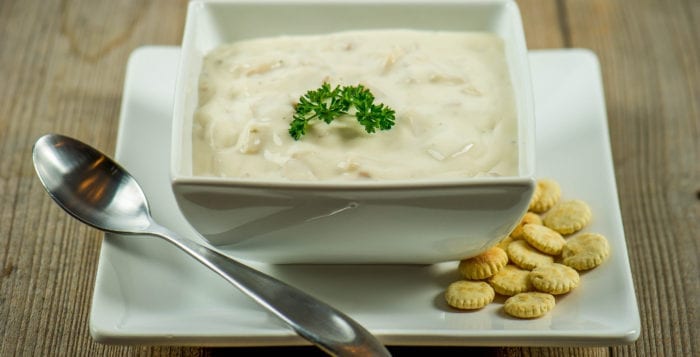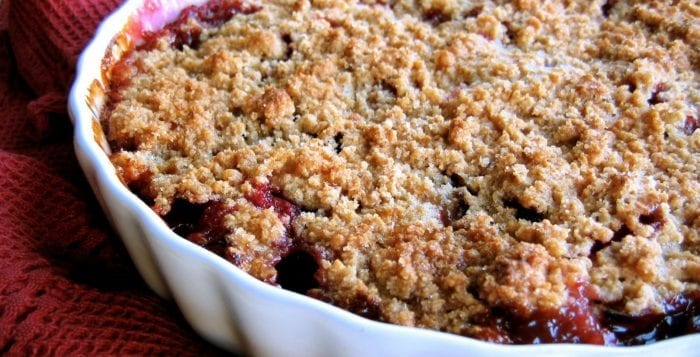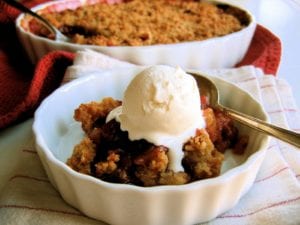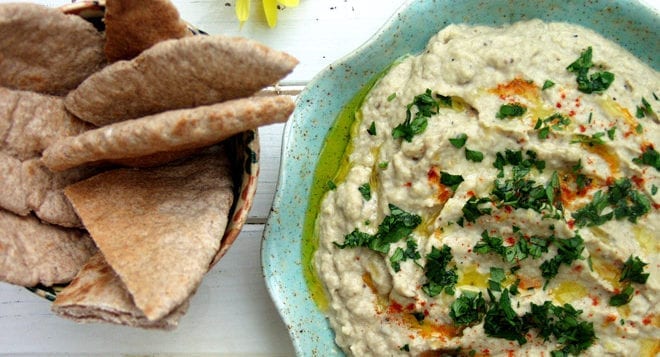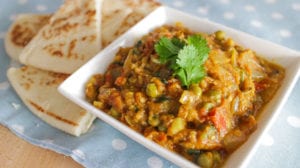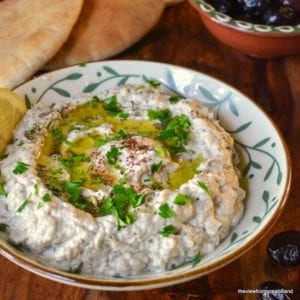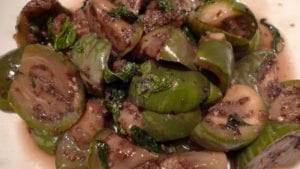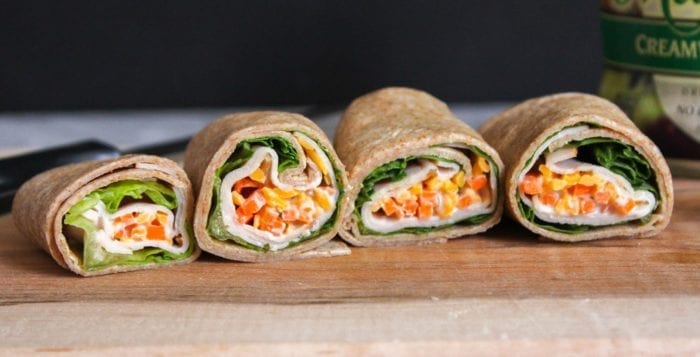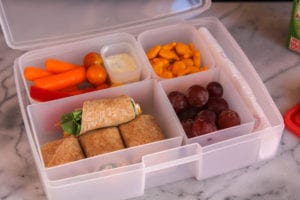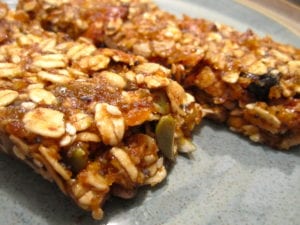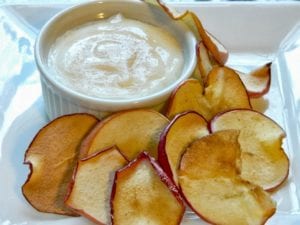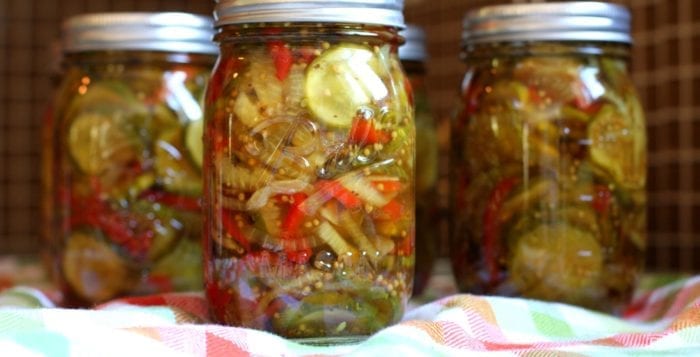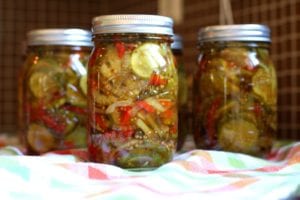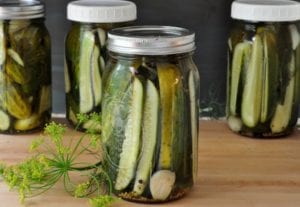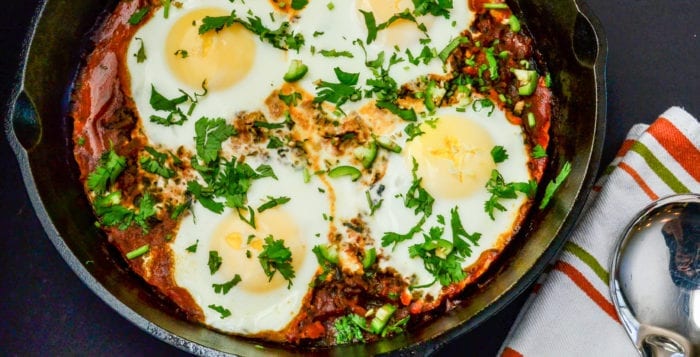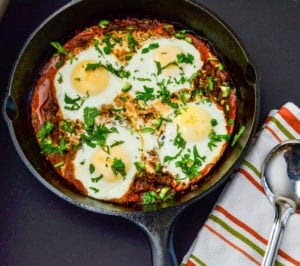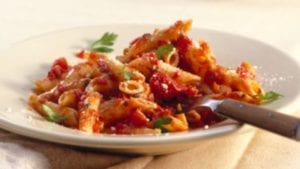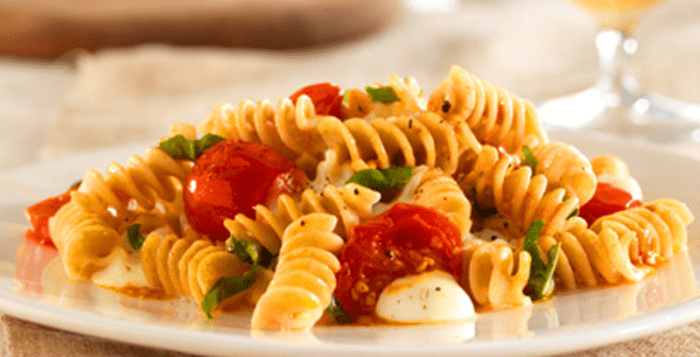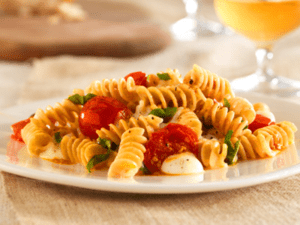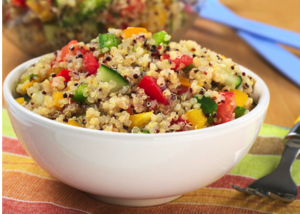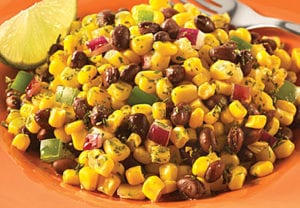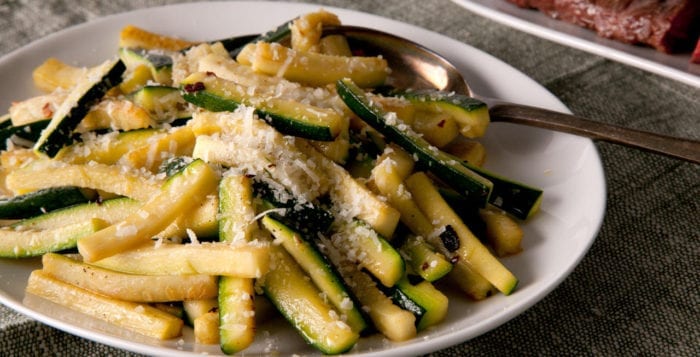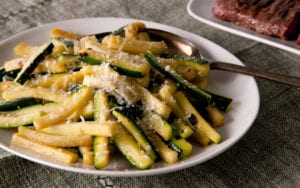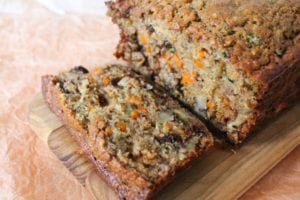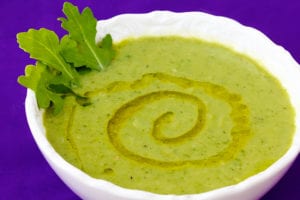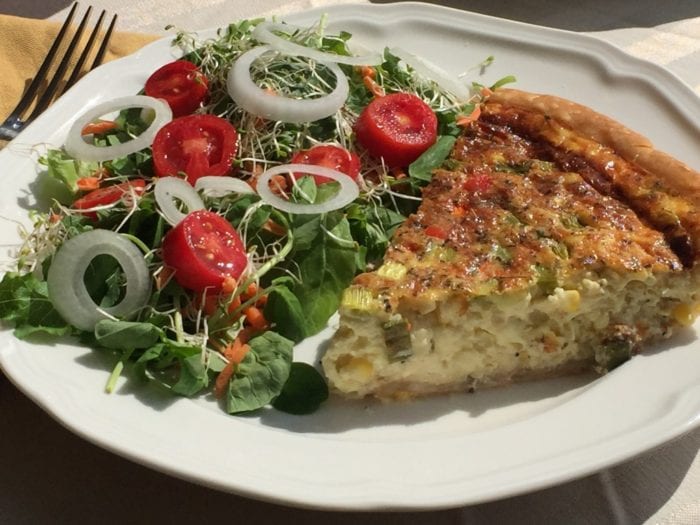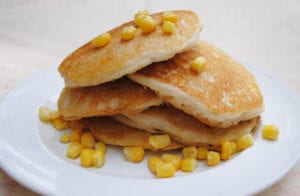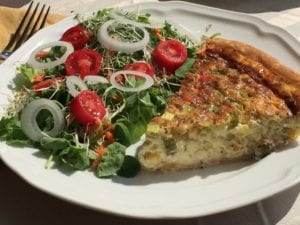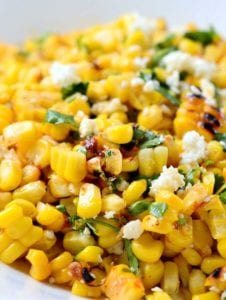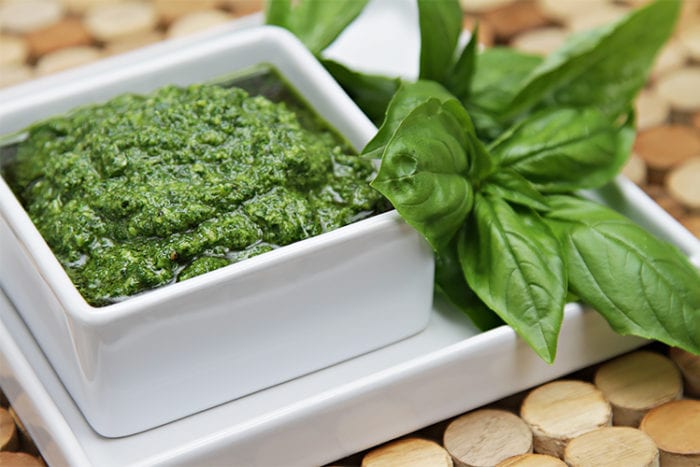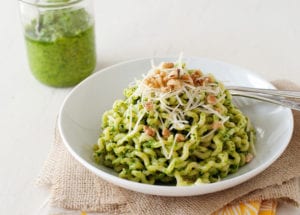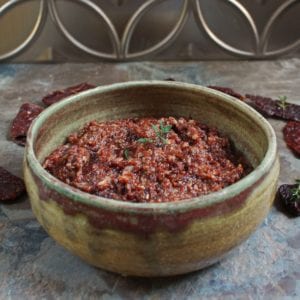By Barbara Beltrami
If you’re wondering what the difference is between soup and chowder, don’t ask me. I have no idea, nor can I find anyone who knows. I do know they both are chunky mixtures with some featured ingredient usually enhanced by potatoes, celery and onions, sometimes cream, sometimes broth, often bacon and a few other veggies or herbs.
Most chowders I’ve come across emanate from New England, feature clams or local fish and are thick and creamy … except for Rhode Island’s which has a relatively clear broth and is full of the above-mentioned seafood as well as lots of diced veggies. Moving down the eastern seaboard we come to New York and its Manhattan clam chowder (which appalls New Englanders, by the way), which features tomatoes as well as lots of the potatoes and celery and generous sprinklings of thyme.
Then there is Maryland and its crab chowder. All this is not to say that chowders are indigenous to the east coast and middle Atlantic states. Further south chowders feature shrimp and other local products and across the continent it is hardly surprising to find salmon chowder from Washington, Oregon and Alaska.
What this tells us is that the best food comes from the nearby land and sea and that what is available is the engine that drives local and regional recipes. In the interests of geographic diversity I offer you New England Clam Chowder and Manhattan Clam Chowder. And some other time we’ll go into all the vegetarian versions of chowder … corn, bean, veggie, tofu … all of which corroborate my opening question. Really, what is the difference between soup and chowder?
All this is not to say that chowders are indigenous to the east coast and middle Atlantic states. Further south chowders feature shrimp and other local products and across the continent it is hardly surprising to find salmon chowder from Washington, Oregon and Alaska.
What this tells us is that the best food comes from the nearby land and sea and that what is available is the engine that drives local and regional recipes. In the interests of geographic diversity I offer you New England Clam Chowder, Manhattan Clam Chowder and Pacific Salmon Chowder. And some other time we’ll go into all the vegetarian versions of chowder…corn, bean, veggie, tofu…all of which corroborate my opening question. Really what is the difference between soup and chowder?
New England Clam Chowder
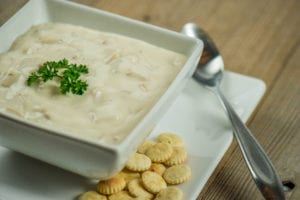
YIELD: Makes 6 to 8 servings
INGREDIENTS:
3 slices thick bacon, cut into thin strips crosswise
3 tablespoons unsalted butter
2 medium onions, diced
3 celery ribs with leaves, diced
4 cups clam broth
2 large potatoes, peeled and diced
¼ cup chopped fresh flat-leaf parsley
1 tablespoon fresh thyme leaves
One whole bay leaf
Salt and freshly ground pepper, to taste
1 cup half-and-half or light cream
2 cups chopped cooked clams, preferably fresh
DIRECTIONS: Place a large heavy saucepan or Dutch oven over medium heat, add bacon and cook until golden and just crisp. Remove pan from heat, drain bacon fat from pan, but leave bacon. Add butter to pan. Melt over low heat, add onions and celery and cook, stirring frequently, until the pieces are opaque and soft, about 10 minutes. Add the clam broth, potatoes, parsley, thyme, bay leaf and salt and pepper; cook over medium heat until potatoes are tender, about 10 to 15 minutes; discard bay leaf. Scoop 1½ cups of solids and ½ cup of liquid out of pot and transfer to food processor. Puree until smooth, then return to pot. Add cream and bring to a boil. Remove from heat, stir in clams and serve immediately with saltines, oyster crackers or pilot crackers.
Manhattan Clam Chowder
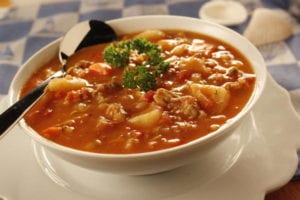
YIELD: Makes 6 to 8 servings
INGREDIENTS:
4 dozen cherrystone clams
3 tablespoons olive oil
2 tablespoons unsalted butter
2½ cups diced onions
2 cups diced celery
1 cup diced carrots
One large clove garlic, minced
3 cups diced tomatoes
2½ cups dry white wine
3 cups peeled diced potatoes
1 tablespoon fresh thyme leaves or 1 teaspoon dried
Sea salt and black pepper, to taste
DIRECTIONS: Place 3 cups water and clams in a large shallow pan; cover and cook over medium heat until clams open, 5 or 6 minutes. With tongs remove clams from pan and set aside until cool enough to handle. Strain liquid several times through fine mesh sieve; set liquid aside. Place oil and butter in a large pot over medium heat. Add onions, celery, carrots and garlic and cook a few minutes until vegetables are slightly softened. Add tomatoes, 2½ cups of the clam broth, the wine, 4 cups water, the potatoes and herbs and simmer until potatoes are tender, about 10 to 15 minutes. Meanwhile remove clams from shells, dice, add to pot and simmer 3 to 5 minutes until heated through. Season with salt and pepper. Serve with saltines, oyster crackers or garlic bread.
Pacific Salmon Chowder
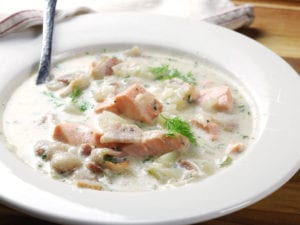
YIELD: Makes 4 servings
INGREDIENTS:
4 slices bacon
½ cup diced onion
2 cups very hot fish broth
1 cup diced potatoes
1 pound fresh salmon, skinned, boned and cubed
2 cups hot milk
Salt and freshly ground black pepper, to taste
1 tablespoon chopped fresh flat-leaf parsley
1 tablespoon chopped fresh dill
DIRECTIONS: In a large skillet cook bacon until crisp. Remove and crumble; set aside. Saute onion until tender in remaining bacon fat. Gently and carefully pour in hot fish broth and potatoes and cook over low heat until potatoes are tender. Add salmon and cook until tender but not falling apart, about 10 minutes. Add milk, reserved bacon, salt, pepper and herbs and gently reheat. Serve with buttered pumpernickel toast and cucumber salad.

